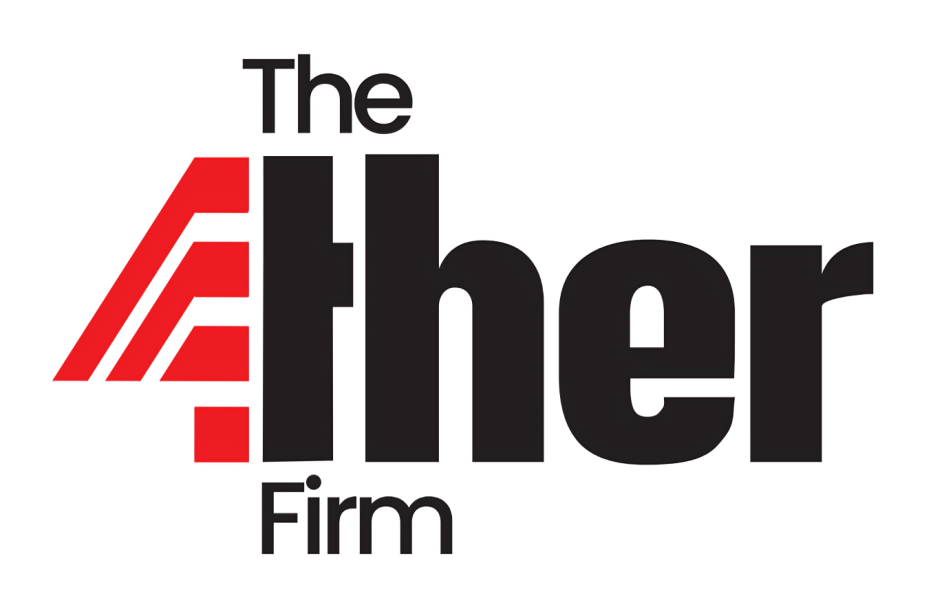
The scene is familiar across boardrooms in Nairobi, Lagos, and Accra: leadership teams discussing whether to implement new financial management software, upgrade their project monitoring systems, or adopt digital fundraising platforms. The conversation typically focuses on features, costs, and implementation timelines. What’s missing from most of these discussions is the fundamental question: how will this technology actually transform the way the organization creates value?
This gap between technology adoption and strategic transformation is costing African organizations millions in wasted investments and missed opportunities. Through our digital integration work across sectors, our team has observed that organizations approaching technology as a solution to operational problems often end up with expensive tools that complicate rather than streamline their work.
The Technology-First Fallacy
Across Africa’s development sector, a dangerous pattern has emerged: organizations investing in technology solutions before understanding the strategic outcomes they want to achieve. This technology-first approach creates several predictable problems.
The Investment Spiral: Organizations purchase software to solve immediate problems, then discover they need additional tools to integrate with the first system, then require training and support services, then need customization to match their actual workflows. What begins as a $5,000 software purchase becomes a $50,000 technology ecosystem that still doesn’t address the original challenge.
The Efficiency Illusion: Many organizations measure digital transformation success by how many processes they’ve digitized, not by whether those processes actually improve outcomes. The result is often digital versions of inefficient analog systems—faster ways of doing the wrong things.
The Data Overload: Modern tools generate enormous amounts of data, but most organizations lack the analytical frameworks to convert this information into actionable insights. They end up data-rich but decision-poor, overwhelmed by metrics that don’t drive strategic improvements.
Understanding Africa’s Unique Digital Context
Successful technology integration in African organizations requires understanding contextual factors that don’t exist in other regions:
Infrastructure Variability: Solutions must function effectively whether internet connectivity is excellent or intermittent, whether power is reliable or unpredictable. Technology strategies that assume consistent infrastructure often fail in real-world African operating environments.
Skills Ecosystem Complexity: Technology adoption must account for varying literacy levels, different comfort levels with digital tools, and the need for solutions that can be maintained by locally available technical talent.
Resource Constraints: Organizations need technology solutions that provide immediate value while building toward long-term capabilities, balancing current operational needs with future strategic goals.
Stakeholder Diversity: African organizations often serve communities with varying levels of digital engagement while reporting to funders who expect sophisticated digital dashboards. Technology strategies must serve both audiences effectively.
The Strategy-First Approach to Digital Transformation
Effective digital transformation begins not with technology selection, but with strategic clarity about how digital tools can amplify organizational strengths and address systemic challenges.
Phase 1: Strategic Foundation Assessment
Before evaluating any technology solutions, organizations must understand their current operational reality and desired future state.
Core Questions:
- What are the three most critical bottlenecks preventing the organization from achieving greater impact?
- Which processes consume disproportionate staff time relative to their value creation?
- Where do communication breakdowns most frequently occur, and what are the real causes?
- What decisions does leadership need to make more quickly or with better information?
Output: A clear understanding of strategic priorities that technology could address, ranked by potential impact and implementation complexity.
Phase 2: Process Optimization Before Digitization
Many organizations digitize broken processes, which simply creates faster ways of doing ineffective work. Strategic digital transformation requires process improvement before technology implementation.
Methodology:
- Map current workflows from end to end, identifying decision points, handoffs, and bottlenecks
- Eliminate unnecessary steps and simplify remaining processes
- Clarify roles and responsibilities for each process component
- Test improved processes manually before considering digital solutions
Outcome: Streamlined processes that are ready for effective digitization, not just technology overlay.
Phase 3: Strategic Technology Selection
With clear strategic priorities and optimized processes, organizations can evaluate technology solutions based on strategic fit rather than feature lists.
Evaluation Criteria:
- Strategic Alignment: Does this tool directly address identified priority challenges?
- Integration Capacity: Can this solution work effectively with existing systems and processes?
- Scalability Potential: Will this tool support organizational growth or create new limitations?
- Local Sustainability: Can this solution be maintained and supported within available resources?
- User Adoption Feasibility: Will staff actually use this tool in their daily work?
Technology Categories for Strategic Impact
Different types of organizations benefit from different digital transformation approaches:
Financial Management and Transparency
Strategic Goal: Enable real-time financial decision-making and stakeholder transparency Key Technologies: Cloud-based accounting systems with mobile access and automated reporting Success Metric: Time from financial data collection to leadership decision reduced by 60%
Implementation Insight: Focus on systems that allow field staff to input data directly rather than requiring central data entry, reducing both delays and errors.
Program Monitoring and Impact Measurement
Strategic Goal: Convert program activities into compelling impact stories for stakeholders Key Technologies: Integrated data collection and visualization platforms with stakeholder dashboards Success Metric: Time from program completion to impact report delivery reduced by 75%
Implementation Insight: Choose platforms that allow communities to provide feedback directly rather than requiring intermediary data collection, improving both data quality and stakeholder engagement.
Stakeholder Communication and Relationship Management
Strategic Goal: Strengthen relationships with funders, partners, and communities through consistent, valuable communication Key Technologies: CRM systems integrated with communication platforms and content management tools Success Metric: Stakeholder engagement rates increase by 200% while staff communication time decreases by 40%
Implementation Insight: Prioritize systems that automate routine communications while enabling personalized relationship building for strategic partnerships.
Knowledge Management and Organizational Learning
Strategic Goal: Capture and leverage organizational knowledge to improve program effectiveness Key Technologies: Collaborative platforms with document management, project tracking, and lesson-learned systems Success Metric: New program design time reduced by 50% through effective use of organizational knowledge
Implementation Insight: Focus on systems that make knowledge sharing easier than knowledge hoarding, aligning individual incentives with organizational learning goals.
Common Digital Transformation Pitfalls
Even organizations with good strategic intentions often fall into predictable traps during technology implementation:
The Customization Rabbit Hole: Requesting extensive software customization to match current processes rather than adapting processes to leverage software strengths. Result: expensive, hard-to-maintain systems that provide minimal efficiency gains.
The Training Shortcut: Assuming that brief training sessions will enable staff to effectively use new systems. Result: tools that are technically implemented but practically unused.
The Integration Afterthought: Implementing new systems without considering how they will connect with existing processes and tools. Result: data silos and duplicated effort.
The Change Management Gap: Focusing on technical implementation while ignoring the cultural and behavioral changes required for success. Result: resistance to adoption and eventual system abandonment.
Measuring Digital Transformation Success
Traditional metrics—number of systems implemented, percentage of processes digitized, hours of training completed—provide little insight into whether technology investments are creating strategic value.
Strategic Metrics:
- Decision Speed: How much faster can leadership make informed decisions?
- Stakeholder Satisfaction: Are funders, partners, and communities more satisfied with communication and service delivery?
- Resource Efficiency: Are staff spending less time on routine tasks and more time on high-value activities?
- Growth Enablement: Is technology infrastructure supporting organizational scaling or creating new bottlenecks?
The Integration Advantage
Organizations that approach digital transformation strategically don’t just improve their operations—they create competitive advantages that enable them to attract better partnerships, secure more funding, and deliver greater impact.
Strategic technology integration demonstrates organizational sophistication to funders, enables rapid response to new opportunities, and creates operational efficiency that allows more resources to flow toward mission-critical activities.
Most importantly, it positions organizations as innovative leaders rather than traditional implementers, opening doors to partnerships and funding opportunities that prioritize technological capability and strategic thinking.
Your Digital Transformation Roadmap
For organizations considering digital transformation, the critical first step is strategic assessment rather than technology evaluation. This means honestly evaluating current operational effectiveness, identifying the highest-impact improvement opportunities, and understanding how technology could amplify organizational strengths rather than simply automating existing processes.
The most successful digital transformations take 12-18 months from strategic planning to full implementation, with early wins demonstrating value while building organizational confidence for more complex integrations.
In our next post, our team will explore the emerging funding landscape for African organizations, including new financing mechanisms, changing funder priorities, and strategies for positioning organizations to capture opportunities in the evolving development sector. We’ll also share insights on building resilient funding portfolios that reduce dependency on single sources.
Ready to develop a strategic approach to digital transformation? The 4ther Firm’s Digital and Technology Integration services help organizations leverage technology for strategic advantage rather than just operational efficiency. Our clients see measurable improvements in decision-making speed, stakeholder satisfaction, and organizational effectiveness.
Contact our team to explore how strategic technology integration can amplify your organization’s impact while building the operational foundation for sustainable growth and enhanced funding opportunities.
